I am building a nuclear random number generator using an LND-712 Geiger-Muller tube (GMT). I have built a HV power supply circuit that converts the 3.3V output of my Adafruit Feather RP2040 micro-controller to the 500V needed by my GMT, you can see this circuit below:
The GMT that I am using has a recommended anode resistor of 10MegaOhm and a recommended signal circuit shown below:
I have set this up and cranked the power supply to the 500V operating voltage, but I can never get an output voltage from the 50pF capacitor to be more than 150mV from background radiation. I hooked it up to an oscilloscope and I can see the 150mV pulse so I know the GMT is working. The problem is that a pulse of 150mV is not high enough to trip my pulse generator circuit shown below:
Because it can't generate a 0 or 3.3V pulse my microcontroller is outputting a constant stream of 1's which makes for a pretty terrible random number generator. I'm planning on using strontium 90 as my radiation source which has beta decay with a energy of 546 keV, maybe this will increase the amplitude of my pulses as compared to background radiation. I'm not sure. I'm a mechanical engineer by trade so if I am doing something stupid with this circuit please let me know.


